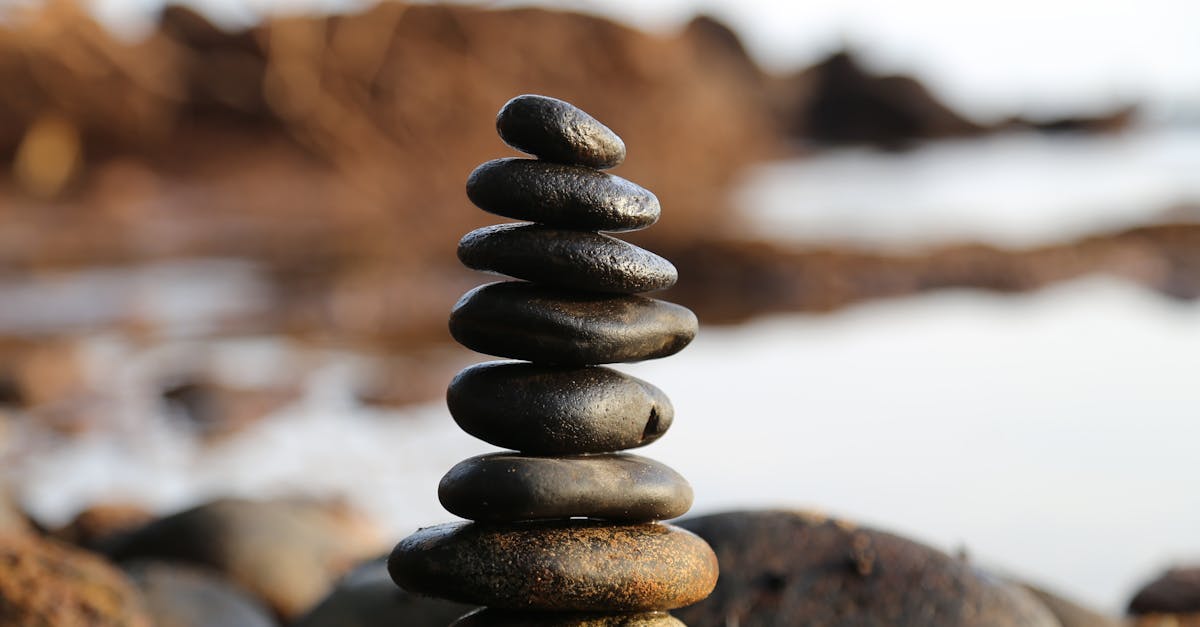How do I practice mindfulness?

Mindfulness Meditation Practices
Practicing mindfulness through meditation can take various forms. One common method is focusing on the breath. This involves paying attention to each inhalation and exhalation while gently redirecting the mind when distractions arise. Body scan meditation is another technique that encourages awareness of physical sensations throughout the body, promoting relaxation and presence.
Another popular practice is loving-kindness meditation. This approach involves silently repeating phrases that express good wishes towards oneself and others, fostering compassion and connection. Mindfulness can also be integrated into daily activities, such as walking or eating, where attention is directed to the experience rather than multitasking. Engaging fully in these practices can enhance emotional resilience and overall well-being.
See here for more great tips.
Guided Meditations to Follow
Several platforms offer a variety of guided meditations suited to different preferences. These practices often range in length, allowing individuals to find sessions that fit seamlessly into their schedules. Beginners might appreciate shorter sessions that introduce basic techniques and concepts. More experienced practitioners may seek longer, immersive sessions, exploring themes such as stress reduction, self-compassion, or gratitude.
When selecting guided meditations, consider your current emotional state and what you hope to achieve. Many apps and websites feature options that allow you to search by intention, duration, or style. Hearing a calm voice guiding you through the process can enhance the experience, making it easier to focus and stay present. Regularly engaging with these guided practices can deepen your understanding and commitment to mindfulness.
Overcoming Challenges in Mindfulness
Practicing mindfulness can often be met with various challenges that may hinder progress. Distractions, whether internal or external, emerge frequently during practice. Thoughts may wander toward to-do lists or past events. Finding a way to recognize these distractions without judgment is essential. Acknowledging the presence of these distractions lets individuals gently guide their focus back to the moment.
Another common obstacle comes from self-doubt and impatience. Many practitioners expect immediate results and may feel disheartened when they don't achieve a profound state of mindfulness right away. Embracing a mindset of patience allows for gradual growth and understanding. Developing a consistent routine can also help, as familiarity breeds comfort and improves the overall ability to engage with mindfulness. As challenges arise, knowing that they are part of the journey can make the practice more fulfilling.
Common Obstacles and Solutions
Many people face distractions during mindfulness practices. It could be noisy environments, intrusive thoughts, or even physical discomfort. A useful approach is to create a dedicated space for mindfulness activities. This space should ideally be quiet and free from interruptions. If distractions arise, gently acknowledge them and bring your focus back to your breath or anchor point.
Another common challenge is the feeling of impatience or frustration with progress. Mindfulness is a skill that takes time to develop. Setting realistic expectations can help. Consider engaging in shorter sessions to build a sustainable routine. Regular practice, even if it’s just for a few minutes a day, will gradually deepen your experience and enhance your overall ability to remain present.
Advanced Mindfulness Practices
Exploring advanced mindfulness practices can significantly deepen your experience and understanding. One approach involves integrating mindfulness into daily activities. This means bringing awareness to mundane tasks, such as washing dishes or walking. By fully engaging with these experiences, you cultivate a sense of presence and appreciation for the moment.
Another advanced technique is the practice of loving-kindness meditation, which focuses on generating feelings of compassion and goodwill. This method encourages participants to reflect on their own well-being and extend those sentiments to others. By systematically cultivating positive emotions towards yourself and others, you can enhance emotional resilience and build deeper connections within your community.
Deepening Your Mindfulness Journey
Engaging in deeper mindfulness practices can foster a more profound connection with the present moment. One approach involves integrating mindfulness into everyday tasks. This can transform mundane activities, such as washing dishes or walking, into opportunities for focused awareness. Paying attention to sensations, sounds, and feelings during these routines can deepen your understanding of your surroundings and yourself.
Exploring various mindfulness techniques can also enhance your journey. Techniques like body scanning, mindful breathing, or loving-kindness meditation allow for different experiences and insights. Each method offers unique benefits, contributing to emotional balance and mental clarity. Experimenting with these practices can help identify what resonates most with you and encourages a more fulfilling mindfulness experience.
FAQS
What is mindfulness?
Mindfulness is the practice of being fully present and engaged in the moment, aware of your thoughts and feelings without judgment. It involves focusing on the present rather than worrying about the past or future.
How can I start practicing mindfulness?
You can start practicing mindfulness by incorporating simple techniques such as mindful breathing, observing your thoughts, or engaging in mindfulness meditation. Setting aside a few minutes each day to focus on your breath can be a great beginning.
What are some common obstacles to mindfulness practice?
Common obstacles include a wandering mind, difficulty finding time to practice, and feelings of frustration when you can't focus. Recognizing these challenges is the first step in overcoming them.
How long should I practice mindfulness each day?
It can vary depending on your schedule and experience level, but starting with 5 to 10 minutes a day is effective. As you become more comfortable, you can gradually increase the duration of your practice.
Can mindfulness help with stress and anxiety?
Yes, numerous studies have shown that mindfulness practices can significantly reduce stress and anxiety levels. By focusing on the present moment, you can create a sense of calm and detachment from overwhelming thoughts.
Related Links
What happens when you do mindfulness meditation?Does mindfulness work for anxiety?
How A Mental Health Clinic In The Bronx Is Empowering Individuals With The Help Of Psychologists